Rothbury Trees Blog
Read the latest blog articles about the trees in Rothbury and also information on trees species.
1 May 2025
May Tree of the Month: William's Cleugh Pines - a very special Scots Pine
We have Scots Pine in and around Rothbury. And at Kielder, a handful of Williams Cleugh Pines.
Read More
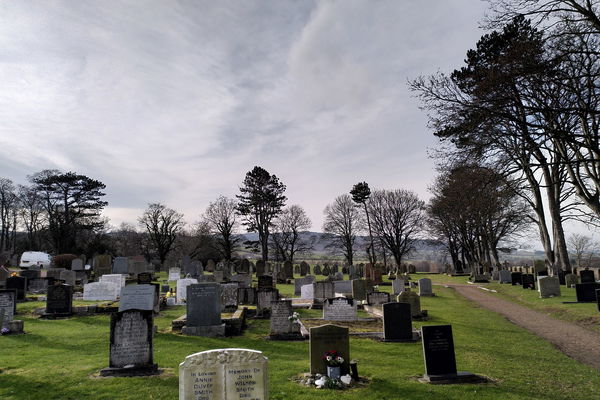
18 April 2025
The Trees at Beggars Rigg - Happy Anniversary!
In March 2022 Rothbury Tree Wardens, with Northumberland County Council officers, and volunteers from the community, planted 150 saplings, and five standard trees.
Read More

1 April 2025
Rothbury Tree of the Month: April, Alder
The native Alder enjoys damp, watery, surroundings.
Read More
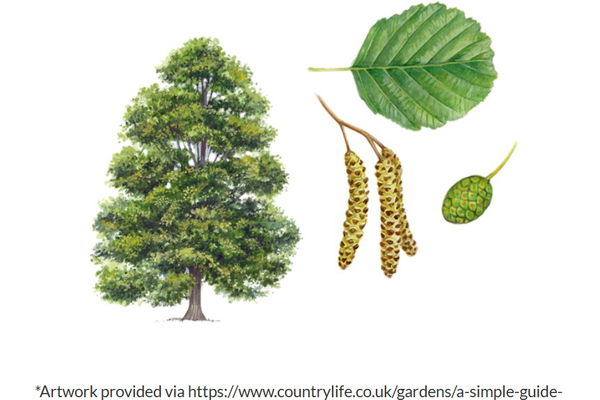
1 March 2025
Rothbury Tree of the Month, March: Ash
March's tree is the beautiful, but endangered, Ash.
Read More
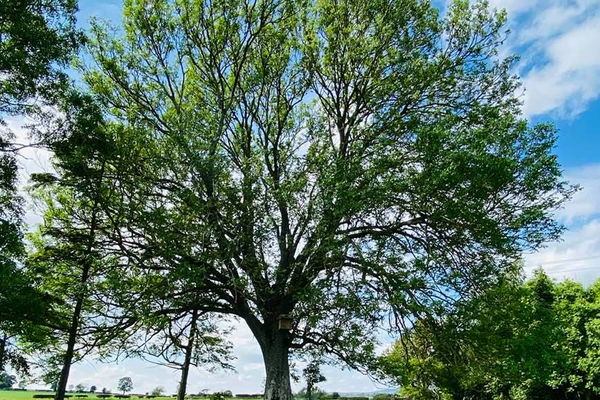
1 February 2025
Rothbury Tree of the Month, February: Rowan
February's tree is the magical Rowan, or Mountain Ash.
Read More
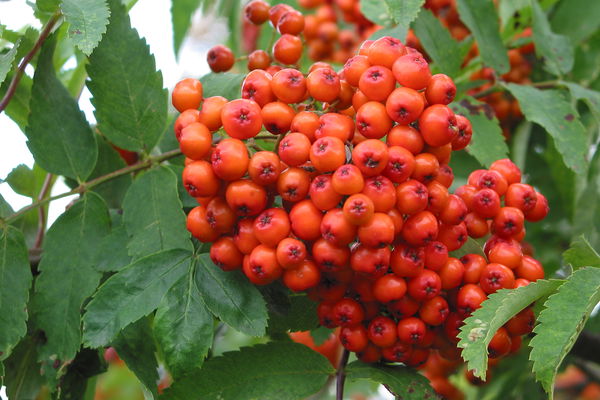
14 January 2025
Rothbury Tree of the Month: January 2025. The Yew.
Specific trees of Rothbury will highlighted each month during 2025. For January, let me introduce you to the rather wonderful Common Yew, in All Saints Graveyard.
Read More
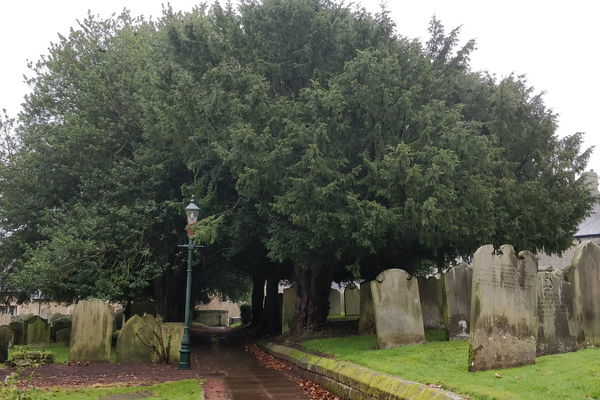
7 January 2025
Happy Habitat Piles - and welcome to more diverse life in 2025!
After being cocooned and doped up on chocolate for a few weeks, who is ready to begin the new year by helping to ensure a greater diversity of creatures in the garden this spring and summer?
Read More
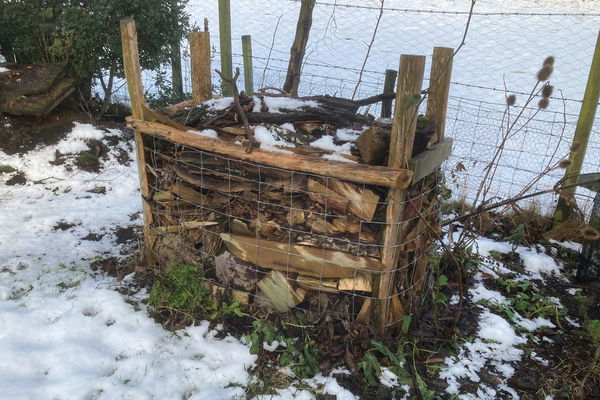
8 December 2024
Help Hospice Care - buy a Christmas tree today!
Hurry, as there are only a very few left. Purchase by donation, your donation will be doubled by the Big Give! BUT..you need to buy before noon on Tuesday 10th December.
Read More
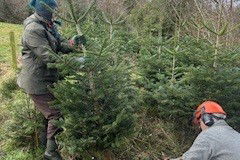
20 November 2024
Harvesting the Willow at Chester Hope, Northumberland.
Rothbury Tree Wardens helped with the Willow Harvest at Chester Hope. We learned a great deal about this stunning, and useful, crop.
Read More
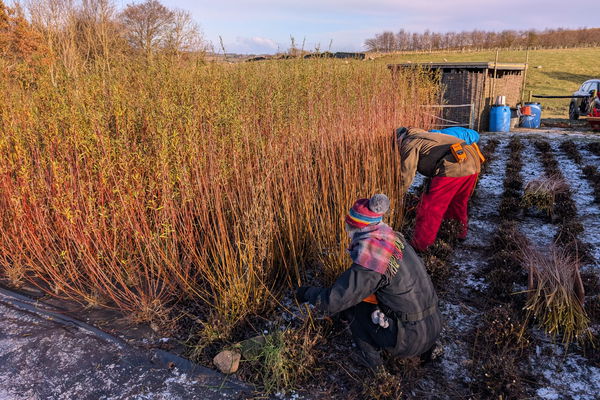
4 November 2024
Getting Bogged Down in Bogs!
I was telling my good friend, Alan Winlow, about the bogs we saw on our recent visit to Moss Peteral farm. Describing the feeling of mystery, and other-worldliness it provoked in me, I was enthusiastically recalling the thrill of threading down metre long poles, to find the bog there was about 5000 years old! ‘Come with me, to Caudhole Moss’ Alan replied. I will show you a local bog which is older, and which needs help, urgently’.
Read More
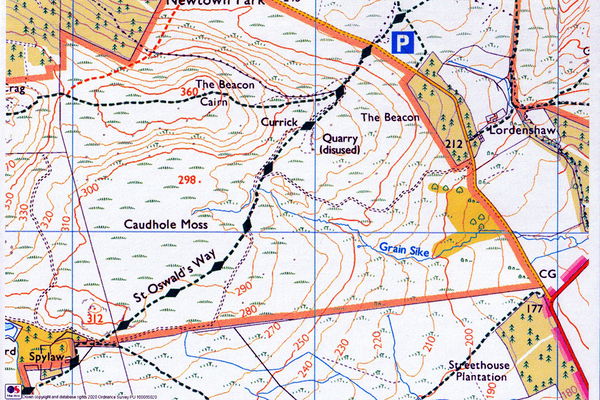
15 October 2024
Launch of the Belsay Tree Trail!
'Veteran Nick' (Nick Johnson from the Northumbria Veteran Tree Project) proudly showed us the newest Tree Trail from the Veteran Trees Tree Trail App.
Read More
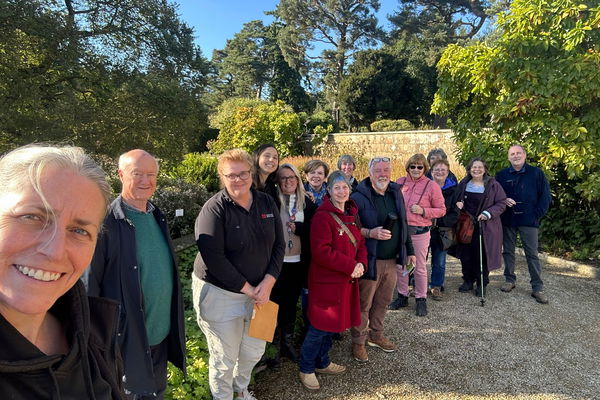
2 October 2024
Hey! It's time to order your FREE TREE!
NCC's fantastic free tree giveaway is back for 2024 - with 15,000 saplings up for grabs!
Read More

24 September 2024
Crimes Against Trees in our Green Spaces
Frustration is growing at the careless way some management companies treat trees in public spaces. This summer, one tree died, thankfully hurting no-one as it fell, and one had to felled before it went the same way. It is unacceptable and it needs to stop. We should be protecting, not killing, trees.
Read More
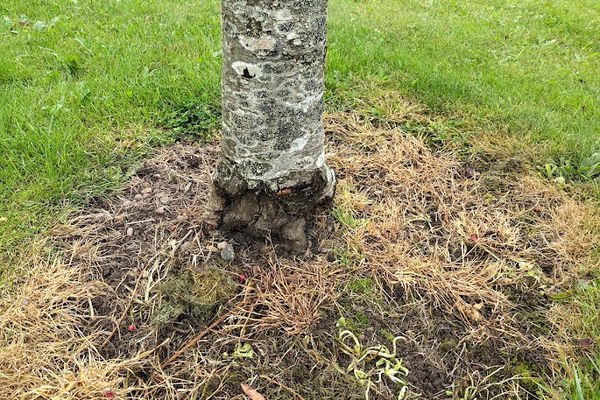
16 September 2024
A new approach to ash dieback
This beautiful old ash has been suffering from ash dieback for several years. In the past, it would simply have been felled, as thousand before it have been.
Read More

13 August 2024
The Trees of Rothbury Village Greens
Mike Evens is Rothbury's gardener. He told me: There are 59 trees on Rothbury's village greens; this includes the latest planted trees which have been donated by The Over-60s club (a crab apple) and Rothbury WI I (a rowan) in 2024. RPC is also responsible for the care of the trees in the closed graveyards at Haw Hill and All Saints Church, and Whitton Bank Cemetery. Overall, there are more than 170 trees.
Read More
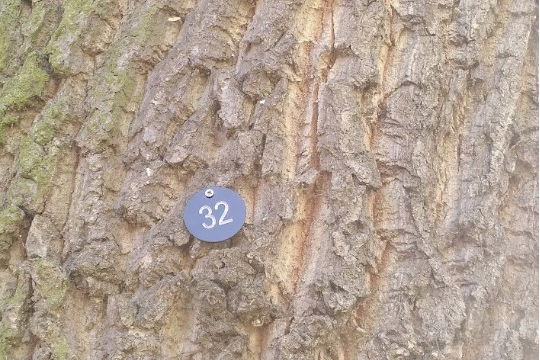
13 August 2024
Tree Warden Training and Events
Training for Rothbury Tree Wardens. We have guests and members who share their knowledge at different times throughout the year. This was the first training we put on; it was very enjoyable - we learned a lot.
Read More
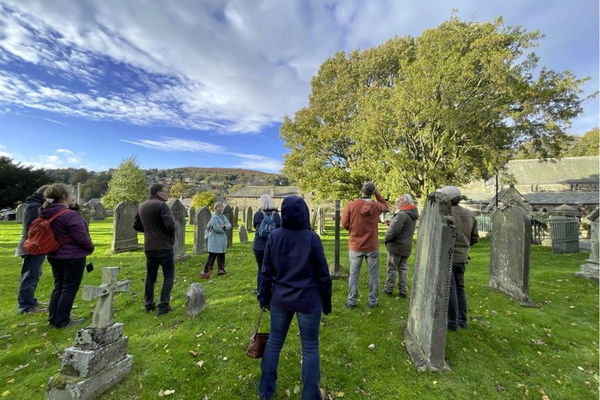
4 August 2024
Introducing Alan Winlow, MBE, Freeman of Whitton and Tosson, Rothbury Tree Warden
Alan Winlow has been honoured at many levels for his achievements in industry, education, and the environment. One award, from the Lindbergh Foundation, says: ’The human future depends on our ability to combine the knowledge of science with the wisdom of wildness’. Alan’s life exemplifies this philosophy.
Read More

10 June 2024
Ouch! That looks sore! And.. Take care of the trees, please!
Northumberland County Council is committed to give away 150,000 trees between 2020 and 2030. That is the equivalent of one tree per Northumberland household. Unfortunately, England is way behind its target of planting 120 million trees by 2025*, even though a massive amount of trees has been planted in recent years. And... a great many of these newly planted trees have not survived.
Read More
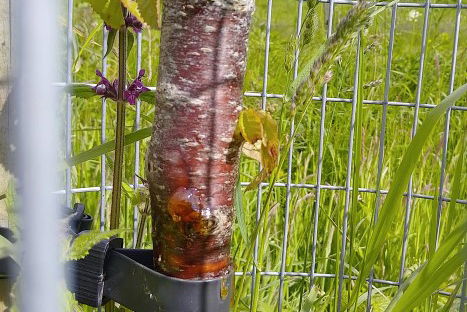
29 March 2024
Tree Trail updated!
I am delighted to tell you that the popular Rothbury Tree Trail has been updated for 2024.
Read More

4 March 2024
The last of the Ash?
I wonder how long the ash trees will last - how many will survive the dieback which is decimating them throughout the country. Lots, I hope.
Read More
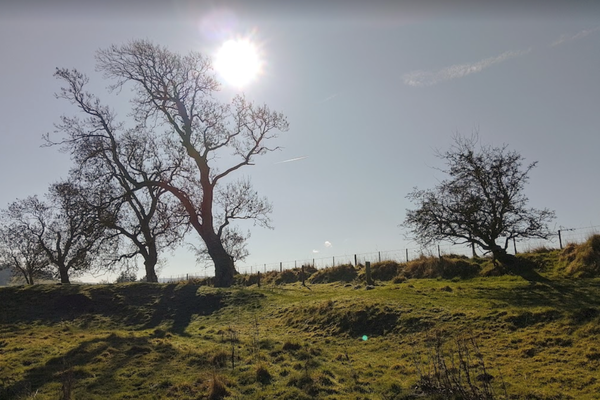
31 January 2024
What makes a good hedge?
Hedges provide wildlife corridors, they help with water retention, and of course, they are excellent in helping livestock - browsing, but also both for shade in the summer, and shelter in the winter. But what makes a 'good' hedge?
Read More

17 January 2024
Renewed life - New life
Tree growth usually happens in spring and summer. While growing, the tree also produces its buds for next year.
Read More

13 November 2023
Seeds2Trees - you can be part of the future!
Seeds2Trees was launched by Living Woods just last year to enable people of all ages, across local communities, to grow UK native trees from seed, for future use in community focussed tree planting schemes
Read More
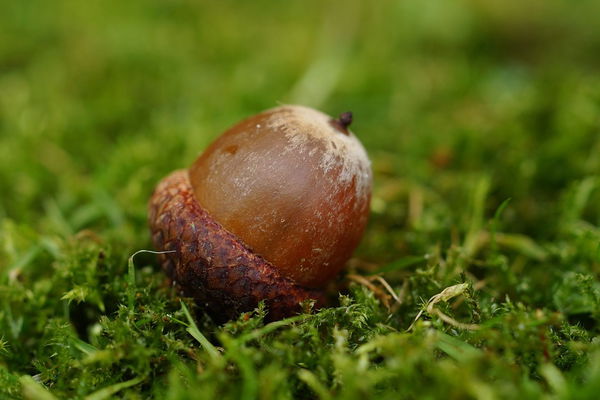
21 October 2023
We all love a freeby - well, how about a free tree!
Northumberland County Council are again giving away free trees - but you need to apply quickly!
Read More

14 September 2023
The Rothbury Tree Trail is 'so inspiring and joyful!'
"I have been meaning to do the Rothbury Tree Trail since the App was first written and created by Katie Scott, with the help of an amazing team of musicians and readers". It was such a lovely surprise to check in on the Rothbury, Northumberland Facebook Page today. As well as the newsy posts, the funnies, the queries, and the discussions, was a review of the Tree Trail by the gifted photographer, Susan Barwood.
Read More
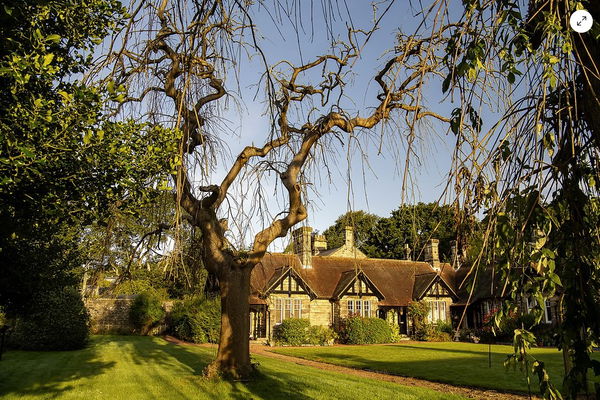
11 September 2023
The 'keys' to a tree-filled future!
This is a wonderful time of the year for tree lovers, like you and me! It is "Seed Gathering Season".
Read More

22 June 2023
Wonderful Wild Hepple Whitefield
As part of the Great Big Green Week, some Rothbury Climate and Nature members were invited by Walter Riddell to see the rewilding/managed wilding work being done at Hepple Whitefield.
Read More
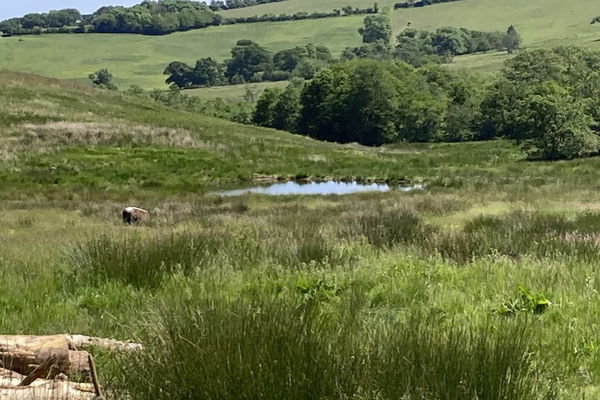
21 June 2023
Why do so many newly-planted trees die?
There have been a lot of depressing headlines over the last few years decrying the deaths of 1000s - if not millions - of newly planted saplings. How can we stop this happening?
Read More

29 April 2023
The mighty Scots Pine. A native conifer.
These giant trees can grow to more than 35 metres and can live for well over 500 years. Although it is the native pine tree of Scotland, it is seen across many other parts of the UK, including here in Rothbury. It is a wild tree in its native land but is planted by humans elsewhere. The Scots Pine is the most widely dispersed conifer in the world
Read More
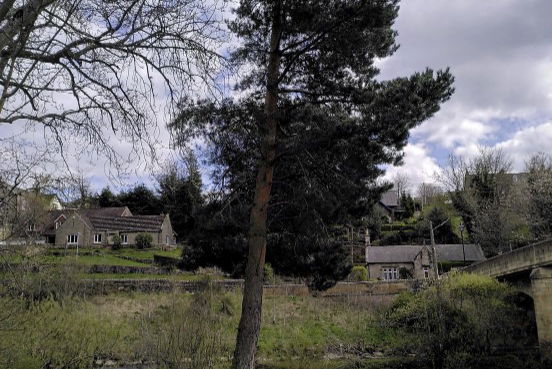
15 March 2023
Introducing the Fastigiate (or Irish) Yew.
As it is near to St Patrick's Day, let's take a look at this rather intriguing tree.
Read More

